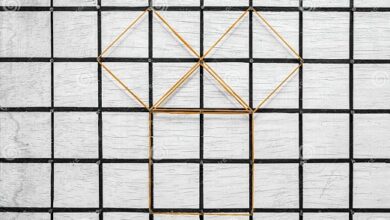What is Comic formats themes elements and webcomic
Comic
Technically, a comic is a story explained through bullet points or boxes containing illustrations. Some or all of the bullets may also contain a more or less brief text. This simple definition explains why it is considered such a versatile format: the creative use that we can give to the bullets, the illustrations, the words and the resources that we will see later, show that it is impossible to exhaust its possibilities.
The comic is considered, like cinema, a sequential art because it tries to tell us a behavior, it is worth noting that the fable is an example of a paradigm. Through a story through sequences. This, which seems very modern, is actually very old: sequential art has its most remote antecedents in cave paintings, Egyptian hieroglyphics and Greek ceramics. However, for most of recent history the comic was considered childish . Only in the 1960s did an adult and complex form of expression appear that allowed him to investigate serious issues.
What are the formats of the comic?
Without forgetting that the comic is capable of escaping from any standardized form, Sol explains that there are three most common formats of comics:
– Those that only contain images and tell stories through graphic elements without the need to use words.
– Those that contain images and words. The most classic form of the comic with images and words is usually the one that presents four separate images, that is, vignettes, in which either the characters converse, or some text is presented that gives meaning to what is shown.
– The graphic novel. It is the longest comic format. Through it a larger universe can be created. The bullets, for example, can change their size according to what they want to represent. There is a more graphic development and the narrative has another time. Sol explains that this type of format is almost like watching a storyboard for a movie.
What themes can a comic play?
Although, again, Sol explains that it is extremely difficult to reduce the thematic universe of comics to a list, there are some constant variables that can be described as the most frequent.
Fantasy
These are comics that explore fictional universes and talk about beings that go beyond the human. They push the limits of reality and the concrete. Reading can be chaotic. This theme is usually well suited to a graphic novel because it takes development time.
The reality
These comics are based on real events and want to leave a work. We will review, review, contextualize. They reflect a certain opinion of the author and generate a certain criticism, a certain questioning that can, over time, be a valuable testimony to understand social contexts. They work well in graphic novel format.
The autobiography
When dealing with this topic, there is generally a lot of text, a lot of personal writing. In fact, sometimes, Sol explains, bullet points and dialogue bubbles are not even used, but rather the text simply surrounds the illustrations.
Humor
They are usually sexy girls and some of them have a fish-shaped lower body. Over time, the stories that are told in vignettes from beginning to end and that explore themes through humorous situations. Humor tends to be better suited to shorter formats because it requires a quick understanding that always leads to a funny ending.
Politics
This is a theme that, although it can be developed narratively in a dense way, usually works very well in short formats and mixed with humor. It usually generates a lot of bond with readers.
Main elements of a comic
In addition to panels, illustrations, and text, all comics, as a genre, share certain elements that a creator or analyst should be aware of:
– The plane : it is the cut that is made of the character or the situation.
– The angulation : it is where the “camera” is positioned, that is, who shows what is seen.
– The representation of the temporary moment or the passage of time: These are elements that give us clues about the day, the date, the season in which what we see happens.
– The representation of movement : resources to express a body dynamic or objects.
– The balloons: they are used to express what the characters say or think.
– Onomatopoeia: they are the verbal representation of a noise.
– Symbolic resources: the light bulb, which represents an idea, or the zzzzz that represent sleep, are part of this language.
And what is the webcomic?
According to Sol, the webcomic has all the characteristics of the comic but does not present too much linearity, that is, it is not born at any particular moment or seeks any resolution, it only comments on reality. In this sense, the webcomic was born for social networks and is usually shared on Instagram or Twitter in no more than four or five cartoons. It is similar to the comics published by newspapers in which the characters did not necessarily have something in particular happen to them, but rather, they accompanied the lives of people as if they really existed somewhere.



